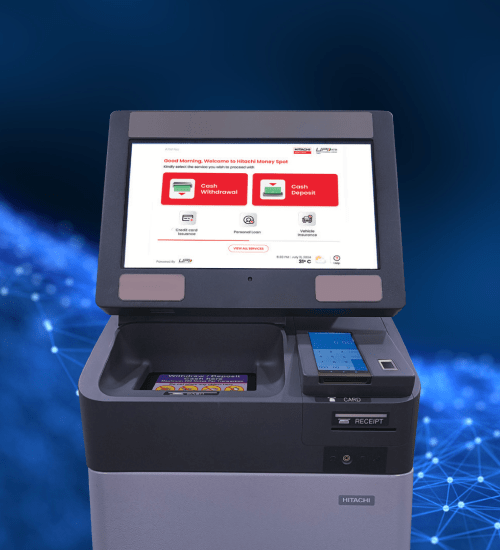ATMs: The Bedrock of Self-Service Banking in India
ATMs have been at the forefront of India’s banking evolution for decades. What began in 1987 with the installation of India’s first ATM in Mumbai, has today grown into a vast self-service banking ecosystem. As of May 2025, India had over 2,58,698 ATMs, including Cash Recycling Machines (CRMs) and White Label ATMs (WLAs) — outnumbering the 1,65,501 traditional bank branches.
Why do ATMs still matter in a digital era?
- Cash still reigns in many segments: A large segment of India’s population — especially in rural and semi-urban areas — continues to prefer cash.
- Critical for Financial Inclusion: ATMs provide essential banking access in remote areas where physical bank branches may not be viable.
- 24×7 Availability: ATMs offer round-the-clock service, unlike fixed banking hours at branches.
- Accessibility: With multilingual interfaces, biometric authentication, and intuitive design, they serve a wide user base.
- ATMs are evolving: Android-based CRMs, biometric authentication, dynamic QR integration etc. are expanding ATMs capabilities.
The rise of cash recycling and automation technology
For financial institutions, the cost of handling cash constitutes a significant portion of ATM operating expenses—ranging from cash-in-transit and sorting to cash handling charges. By streamlining the cash management process, banks can enhance both operational and cost efficiencies.
India’s first Cash Recycling Machine (CRM), introduced in 2013, marked a pivotal shift. These machines not only dispensed cash but also accepted deposits, and recycled the cash for subsequent withdrawals — optimizing both customer convenience and operational efficiency.
CRMs brought immediate value:
- Lower Operational Costs: By reducing the frequency of cash replenishment, they cut down on cash-in-transit, sorting, and handling expenses.
- Improved Uptime: With real-time recycling of deposited cash, CRMs stay active longer and serve more customers.
- Merchant Convenience: Shopkeepers and SMEs can deposit daily collections even after banking hours.
- Extending Banking to Bharat: The real power of CRMs became visible in rural and semi-urban India – delivering core banking functions of cash withdrawal & deposit as well as services such as money transfer, bill payments etc. without the infrastructure of a full branch.
- Environmental Impact: Fewer cash van trips mean reduced emissions and better ESG compliance.
Today, CRMs account for ~ 20% of ATM installations in the country and are rapidly growing in adoption.
Introduction of Android Based Machines: Redefining the Banking Experience
With existing operating platforms, banks were limited in the range of applications and customizations they could deploy at ATMs. These systems often lacked the flexibility needed to integrate new services quickly or deliver richer user experiences. As banking needs matured and customer expectations became more diverse — driven by digital -first interactions—there emerged a clear need for greater agility and innovation for the ATM channel.
This led to the next big shift: the Android-based CRM.
In 2024, Hitachi Payment Services, launched India’s first Android CRM at the Global Fintech Fest, Mumbai. This platform offers banks the flexibility to create a digital banking universe and offer versatile services — all from one terminal.
- Create Digital Banking Universe: Enable services like account opening, card transactions via card and face scan, personal loans, insurance, and more as per needs
- UPI Integration: Allows for cardless cash withdrawals and deposits via QR code.
- Dynamic UI & UX: Multilingual options, customizable interfaces with enriched UI/UX make banking more inclusive and intuitive.
- App Integration: Banks can plug in third-party apps, enabling a broader suite of banking and non-banking services.
- Additional business opportunities: Maximize revenue by cross selling and upselling
With Android CRMs, self-service terminals are no longer just machines — they are banking platforms that evolve with the needs of both banks and customers.


